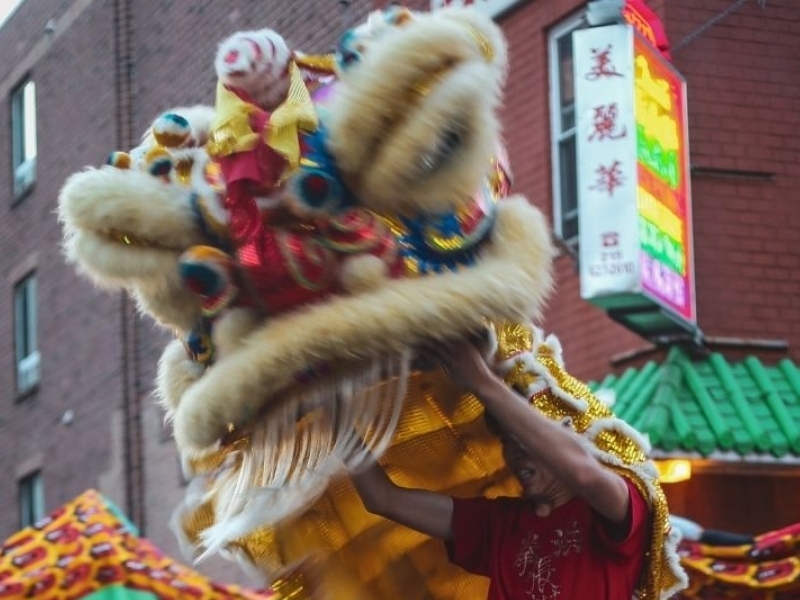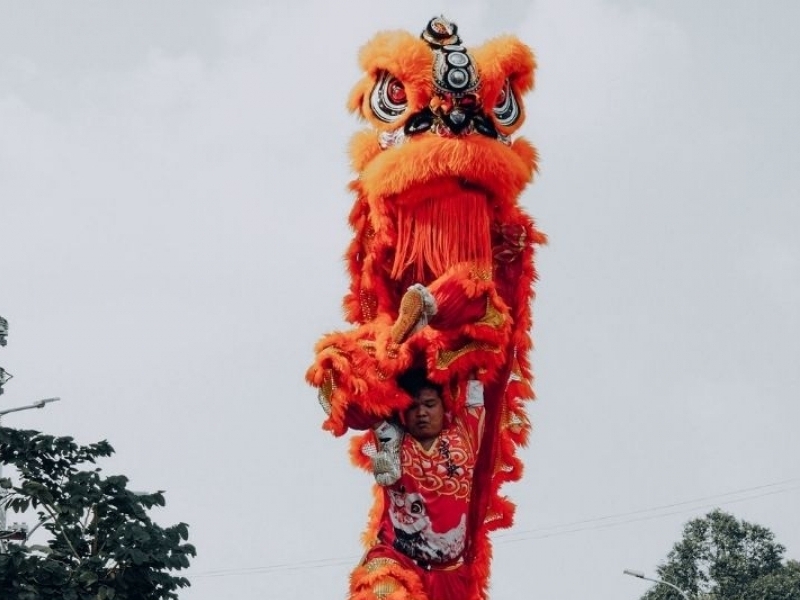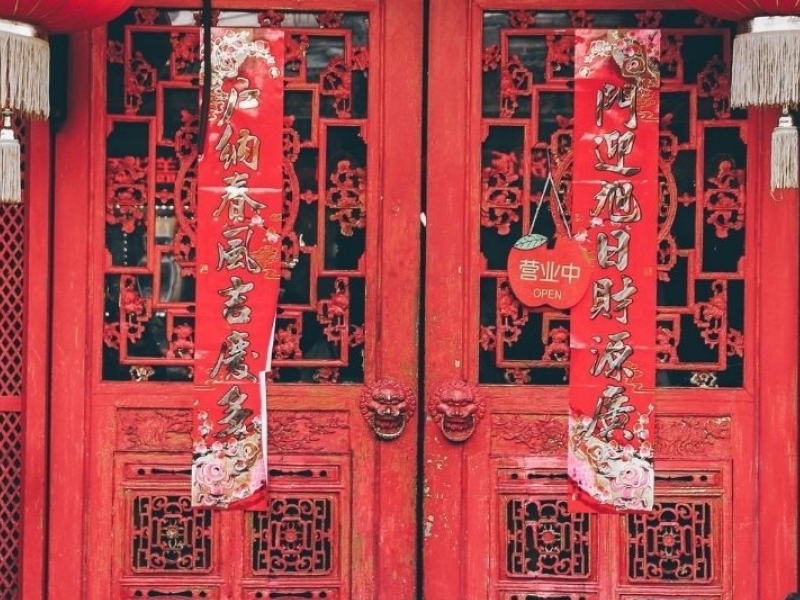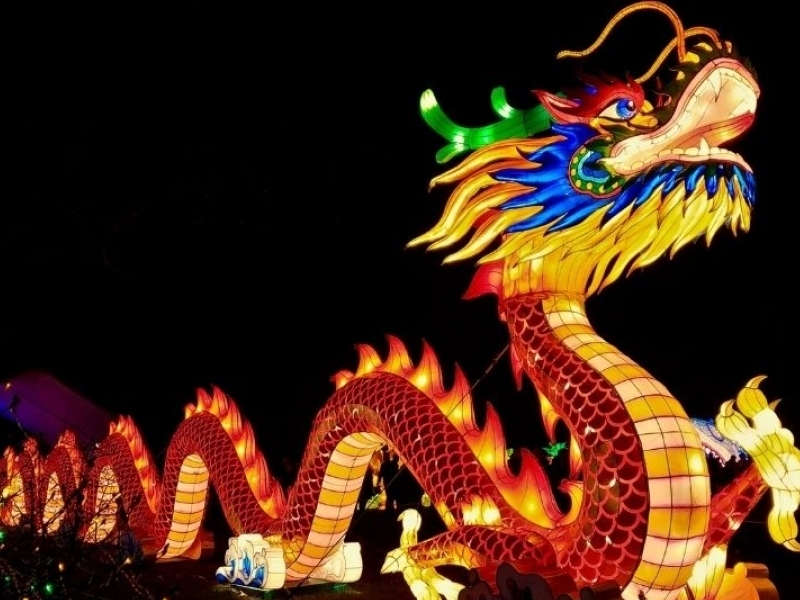News and Testimonials
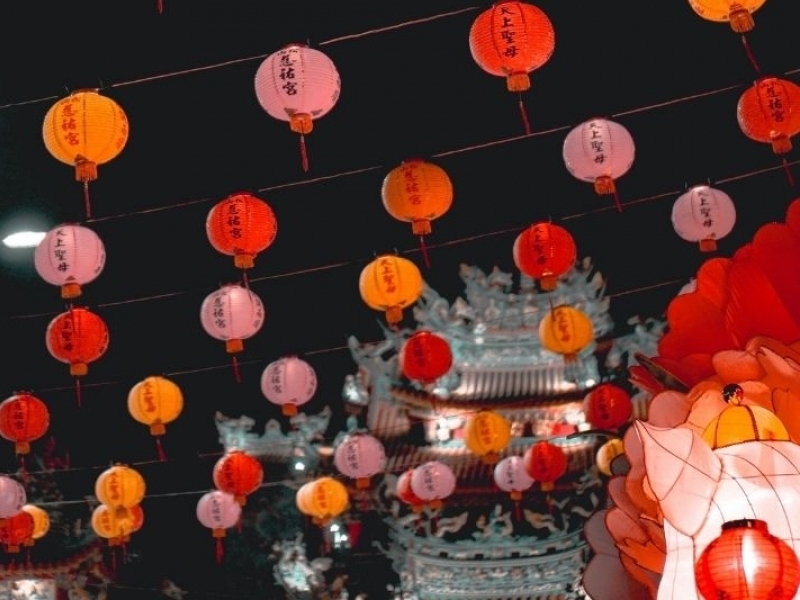
What is Lunar New Year and how is it celebrated?
February may mark the start of a new month for some of us, but for millions of people around the world, the new month rings in a new year.
The Lunar New Year celebration is intended to usher in a year of luck and prosperity. It's time to close the chapter on the old one and welcome the year of the tiger. Some believe 2022 will bring some people power, courage and confidence.
When is Lunar New Year?
The date varies from year to year as it follows the cycle of the moon, but the auspicious date typically falls either towards the end of January or in early February. This year, February 1 marks the beginning of the Lunar New Year. The celebration will end on February 15, with the Lantern Festival.
Is Lunar New Year the same as Chinese New Year?
While the term 'Lunar New Year' is often synonymous with 'Chinese New Year', the festive season goes by many names – depending on who is celebrating and where it takes place. In fact, Lunar New Year is also known as "Spring Festival" in mainland China. Along with China, Lunar New Year is also a public holiday for all in Brunei, Indonesia, Malaysia and Singapore. However, the Chinese community and their diasporas are not the only ones who observe celebrations following the Lunar calendar. Koreans and Vietnamese also revel in new year festivities as they celebrate Seollal and Tet respectively. While customs, rituals and the length of celebrations vary, one thing stays true – honouring a fresh start.
What animal am I?
Based on the lunar calendar, each year is represented by a zodiac that takes the form of an animal. There are 12 animals following a repeated 12-year cycle and they go by the following order: rat, ox/buffalo, tiger, rabbit/cat, dragon, snake, horse, goat, monkey, rooster, dog and pig. The second and fourth spots differ between Chinese and Vietnamese zodiacs but are largely similar in beliefs. In the Chinese cycle, it is an ox and rabbit and in the Vietnamese cycle, it is a buffalo and cat. Each animal carries different traits that are thought to embody the traits of those born in that year.
How do people celebrate it?
The Lunar New Year festival is lined with symbols, traditions and superstitions aimed at attracting a year filled with positive prospects. Preparations for the festive season would have begun about 10 days before the big day. Acts of cleaning such as sweeping are seen as a ritualistic practice to sweep away the bad luck and evil spirits. The origin of festivity is rooted deep in legends and goes back thousands of years. One tells a tale of a beast named Nian who feared loud noises, bright lights, and the colour red – which have all now become the essence of Lunar New Year celebrations. In some cities, the season sees a dazzling display of fireworks along with bursts of firecrackers to mark the special occasion. Lion and dragon dance performances would parade the streets to ward off evil spirits and invite luck while keeping onlookers entertained. Homes and streets are often decked out with red decorations such as banners, lanterns and ornaments.
What do people eat during this time?
Thoughtful planning does not stop at decorations, as the menu for a days-long feast is also carefully curated. For several days starting on New Year's Eve, people indulge in food with symbolic meaning, either based on appearance or word association. For instance, dumplings and spring rolls represent wealth as they are thought to resemble silver ingots and gold bars. Noodles signify long life where it is customary to leave them uncut in preparation. Tangerines and oranges are symbols of good luck as the pronunciation of their Chinese root words sound like the Chinese word for success.
What else do people do to celebrate?
It is customary to visit temples to pray for a great year and fortune while burning incense and offering food to ancestors. Some people don traditional costumes and pay visits to relatives and friends too. Red packets filled with an auspicious amount are handed to the young and unmarried from their grandparents, parents and married relatives. Nowadays, apps like WeChat allow people to take the practice virtually while catching up over video chats during the pandemic. Koreans and Vietnamese also have a similar practice where the elderly would give their children red packets.
How to wish someone Happy New Year?
A simple "Happy New Year" is a good way to start. Wishes for happiness, health and prosperity are also fitting for this season. "Gong Hei Fat Choy" is a common Cantonese greeting that translates to "congratulations and wishing you prosperity". In Mandarin, "Gong Xi Fa Cai" means the same thing.
Source: https://www.abc.net.au/news/2022-02-01/lunar-new-year-customs-traditions-celebrations/100795818



